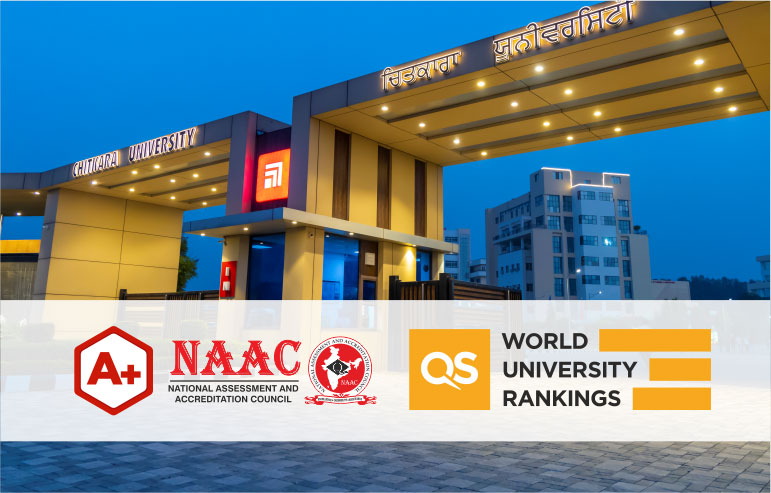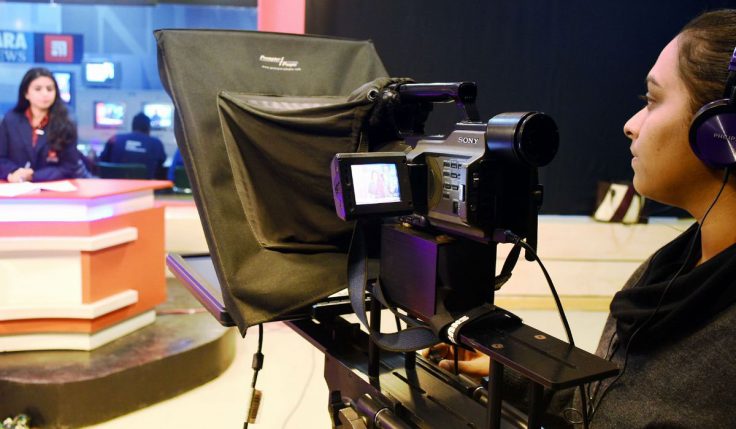University rankings can be highly authoritative and influential amongst students and parents. These rankings can help students and their parents to subside their choice of university. Since there are many universities to attend and students definitely want to compare and choose the best. There are 6 different categories to effectively capture the performance which include academic and employer reputation, student/staff ratio, and research citations.
Understanding QS World Ranking University
QS world ranking university is a comprehensive and interactive tool that helps you find the perfect university for your needs. It is a ranking system that rates colleges according to regional criteria, which allows prospective students and their parents to compare universities in different parts of the world.
It is a global ranking of more than 1000 universities, based on academic reputation, employer reputation, and research impact.
In order to appear in the ranking, institutions must be endorsed by at least five academics or employers who have taught or researched at that institution within the last three years. This helps ensure that all participating education providers are internationally recognized leaders in their fields.
The QS World University Rankings are based on a number of criteria, including academic reputation and employer reputation. The methodology also includes citations per faculty member and an assessment of the global diversity at each institution.
The QS World University Rankings include lists of featured universities including the top 50 for arts and humanities and the top 150 for medicine based on their subject-specific rankings.
The six indicators that determine the QS World University Ranking:
Academic reputation accounts for 40% of the final score and evaluates the standard of teaching and research at international universities. We compile more than 130,000 expert opinions from the higher education sector, making this the largest academic opinion survey ever conducted.
Employer standing – We are aware that students desire to graduate with the abilities and information needed for the job market. In addition to identifying which universities produce the most skilled, creative, and productive graduates, we evaluate how well-prepared students are for successful employment.
Faculty/student ratio – This statistic takes into account the fact that having a lot of professors per student eases the strain of teaching and fosters a more positive learning environment. We evaluate the extent to which educational institutions give students useful access to lecturers and tutors.
Citations per faculty – We use the total number of academic citations in papers that a university has published over a five-year period to calculate the citation per faculty statistic, which we use to assess the quality of institution research.
Ratio of international students to faculty: An institution with a high level of internationalization offers a variety of advantages. It illustrates the university’s capacity to draw talented personnel and students from all over the world, and it suggests a strong international orientation. Strong international institutions create a multicultural atmosphere that fosters global awareness and international affinities.
National Assessment & Accreditation Council (NAAC)
In addition to Times Higher Education, which ranks universities based on a series of criteria, students can also use the National Assessment & Accreditation Council (NAAC) to assess potential universities based on regional criteria.
While NAAC is a government body that conducts assessments of educational institutions in India, its rankings are based on a set of criteria that are specific to the region in which the university is located. Since this ranking system only works for students looking to study in India and its neighboring countries, it’s not as useful for international students who don’t have any ties there or want to attend an institution outside their home country.
NAAC is an Indian organization that rates higher education institutions according to criteria such as research output and internationalization. In particular, they have developed an impressive framework for categorizing universities based on their research focus: science and engineering, life sciences and medicine, social sciences/humanities or business administration and management. If you are interested in comparing schools within your region or country, NAAC may be more useful than other ranking systems
The rankings are helpful, but they must be used properly. Students are recommended to use the rankings as tip sheets. They’re especially useful for finding colleges that aren’t included in the national university section.
As a prospective student, you should decide what is most important when evaluating colleges. Some colleges have a better social scene while others are environmentally friendly. It’s important to take the rankings with a grain of salt: don’t believe that one college is better than another because it’s listed higher on the list.
In the QS World University Rankings: Asia 2022, Chitkara University received a remarkable ranking of 601-650. It is firmly established among the Top 100 institutions in the nation as a result. With quickly developing industries, these rankings could help students to choose progressive careers.






